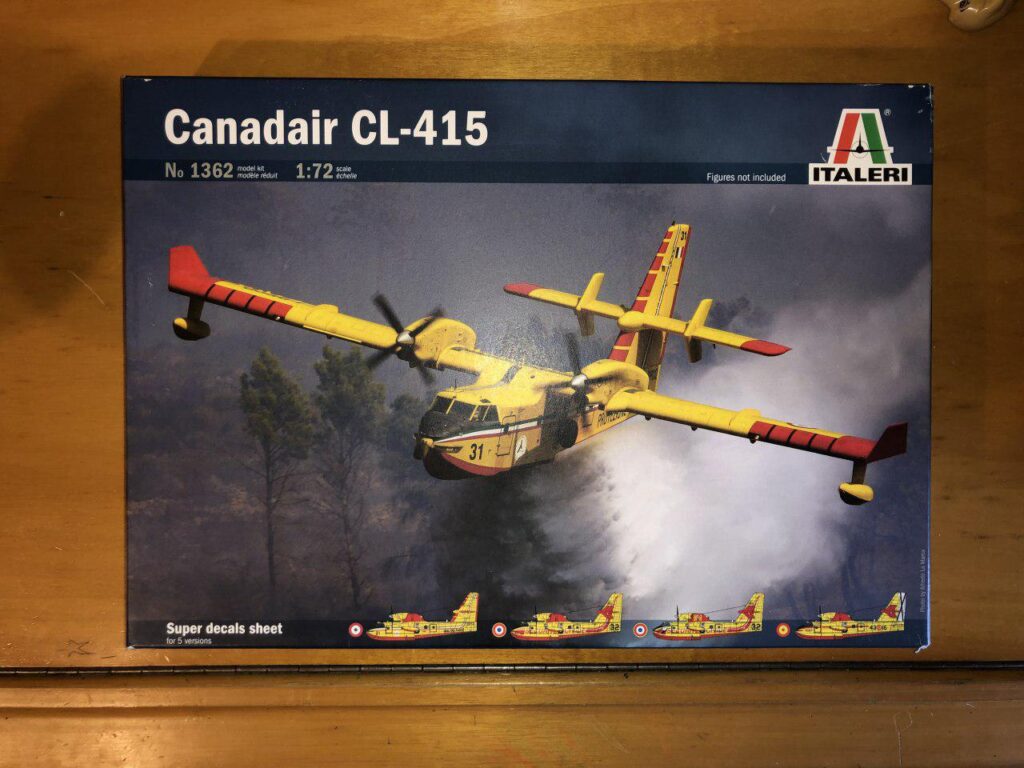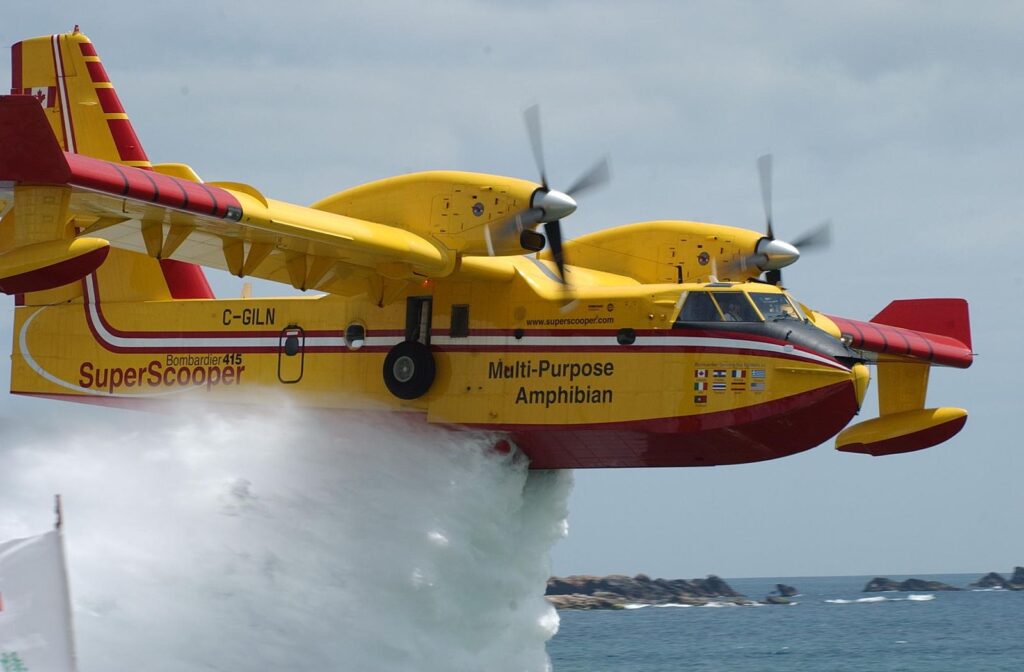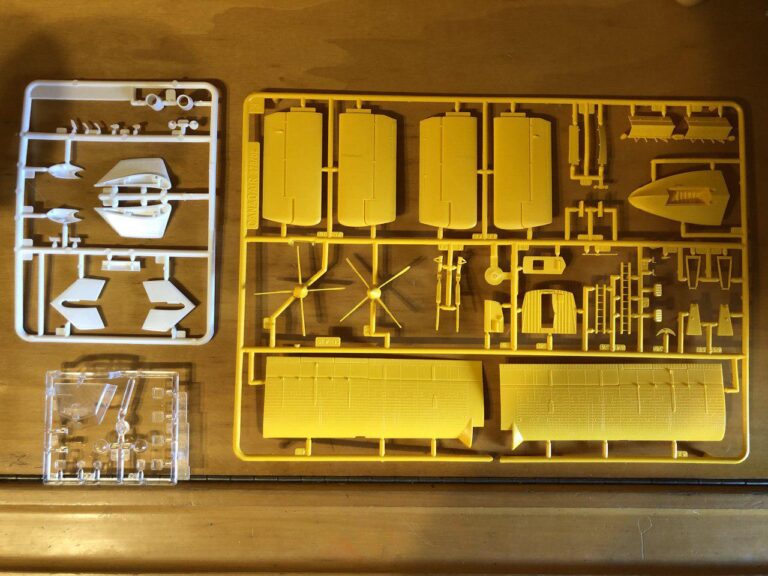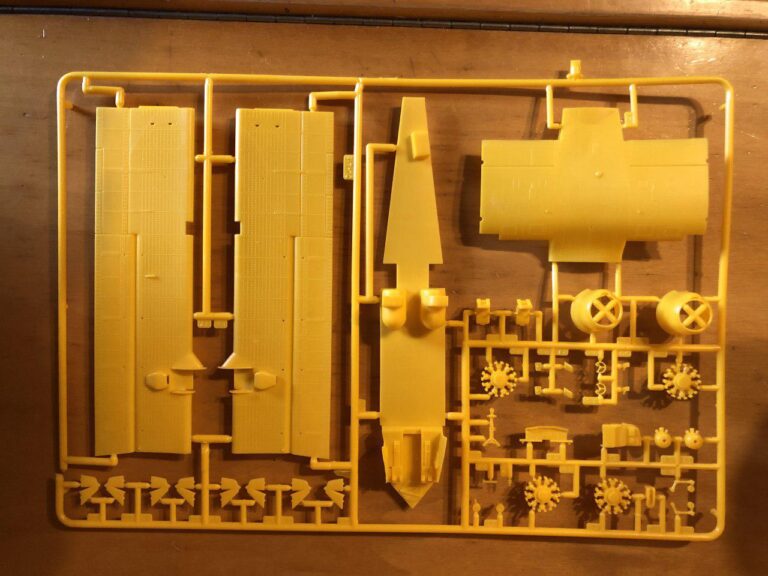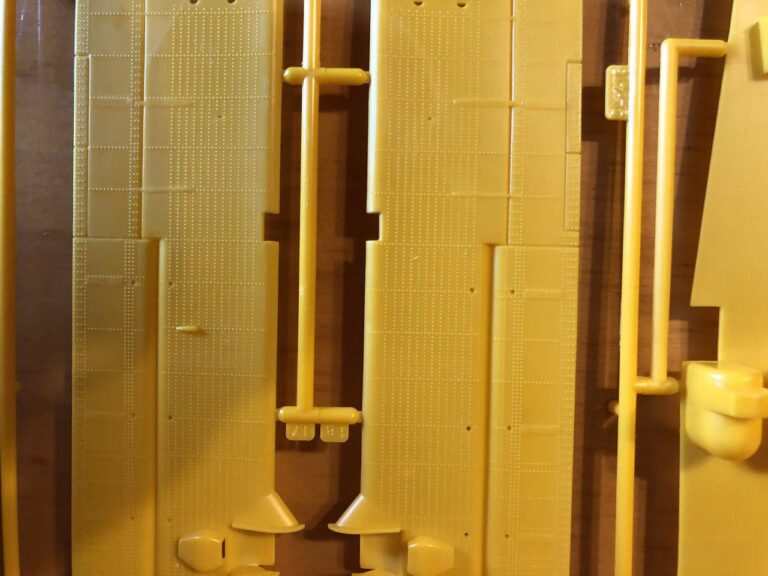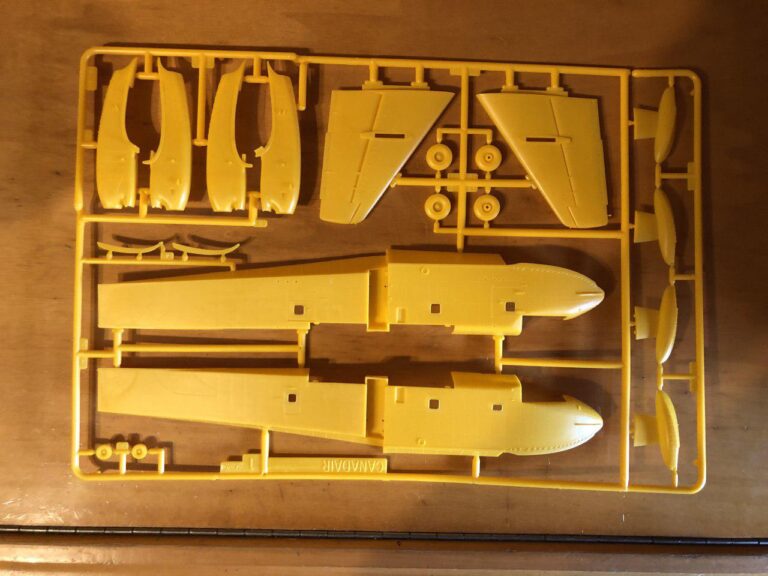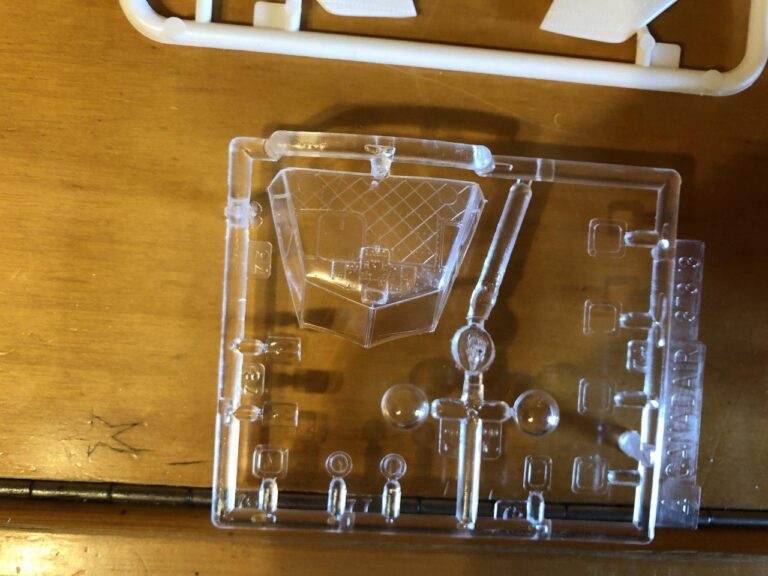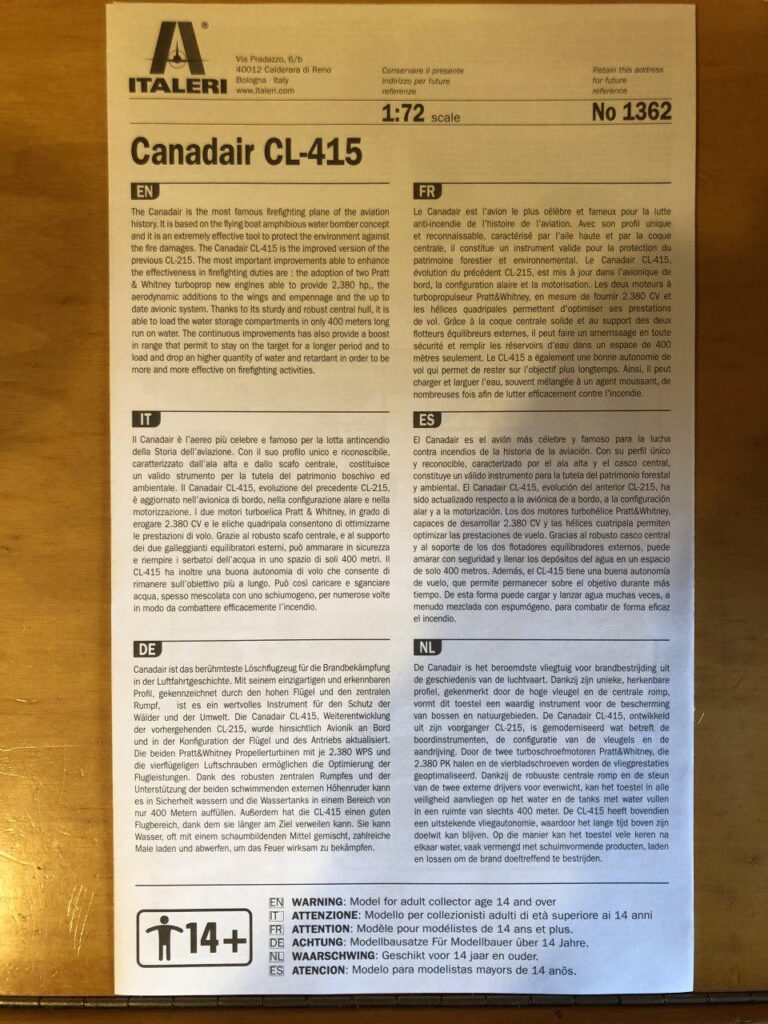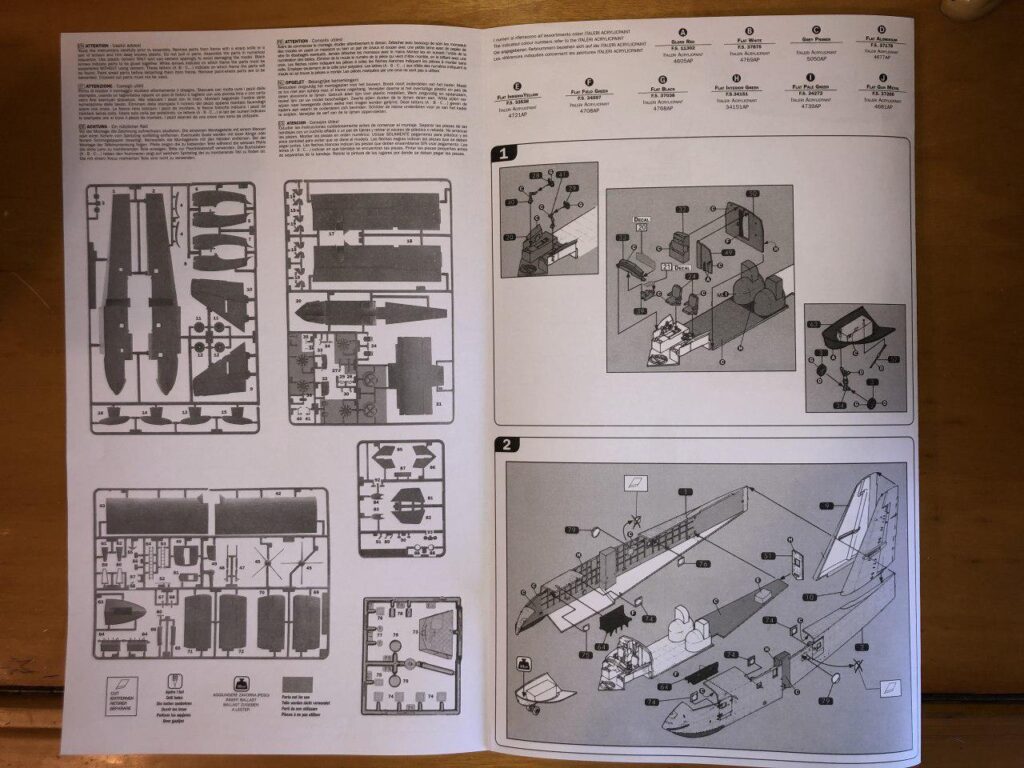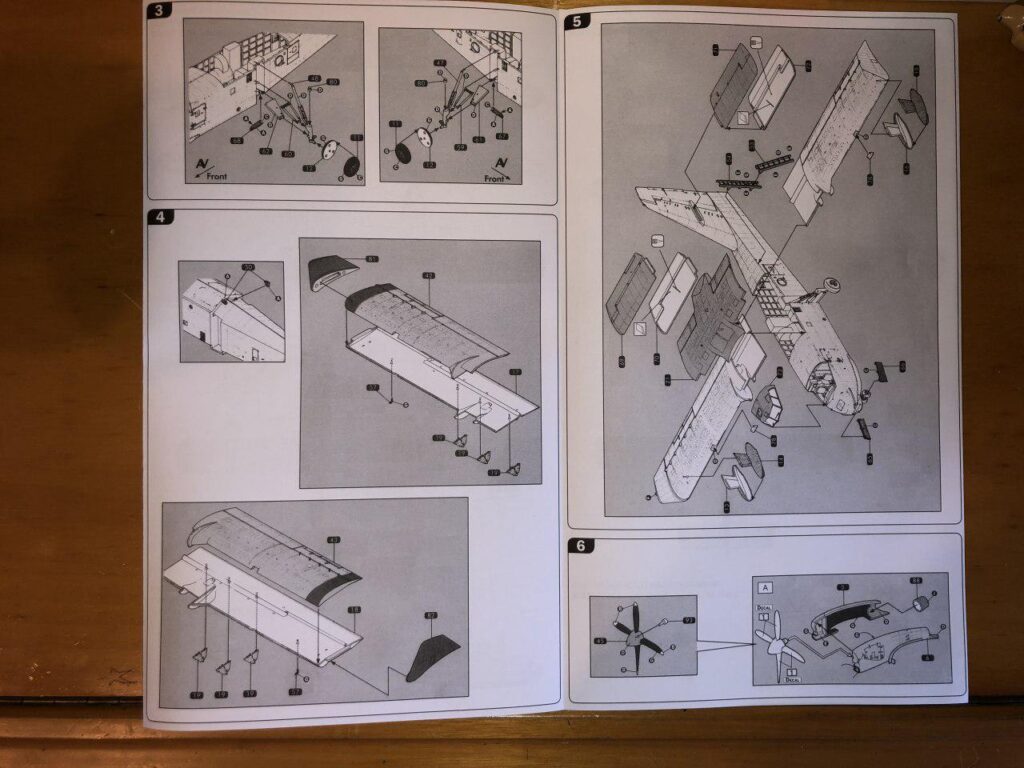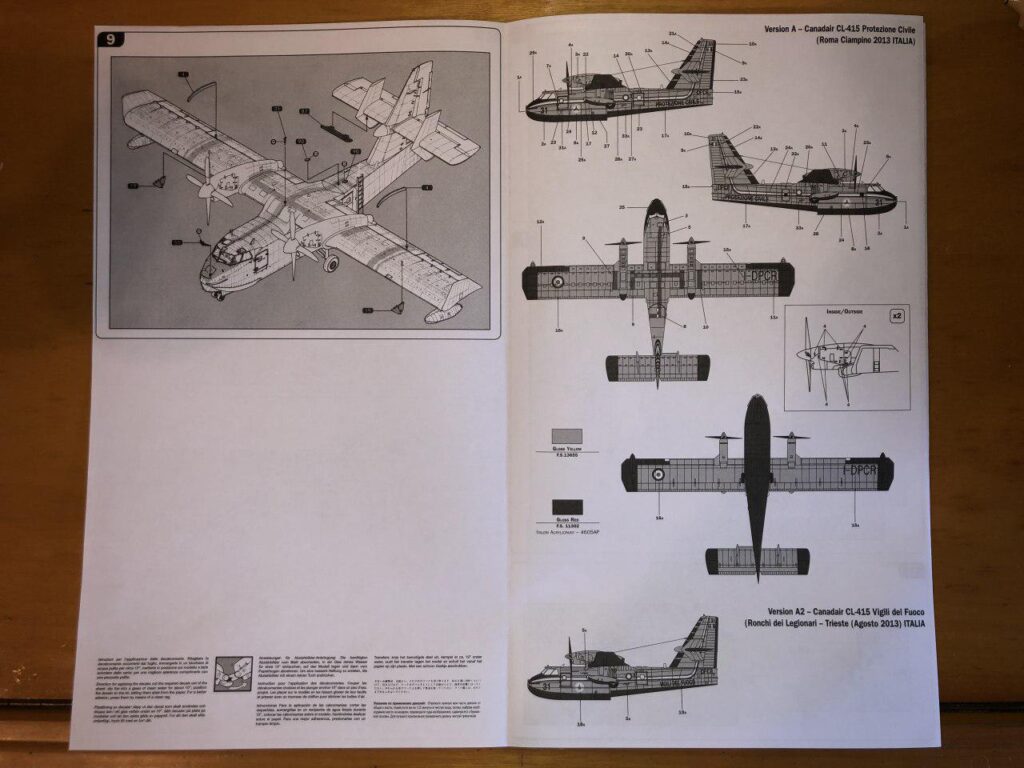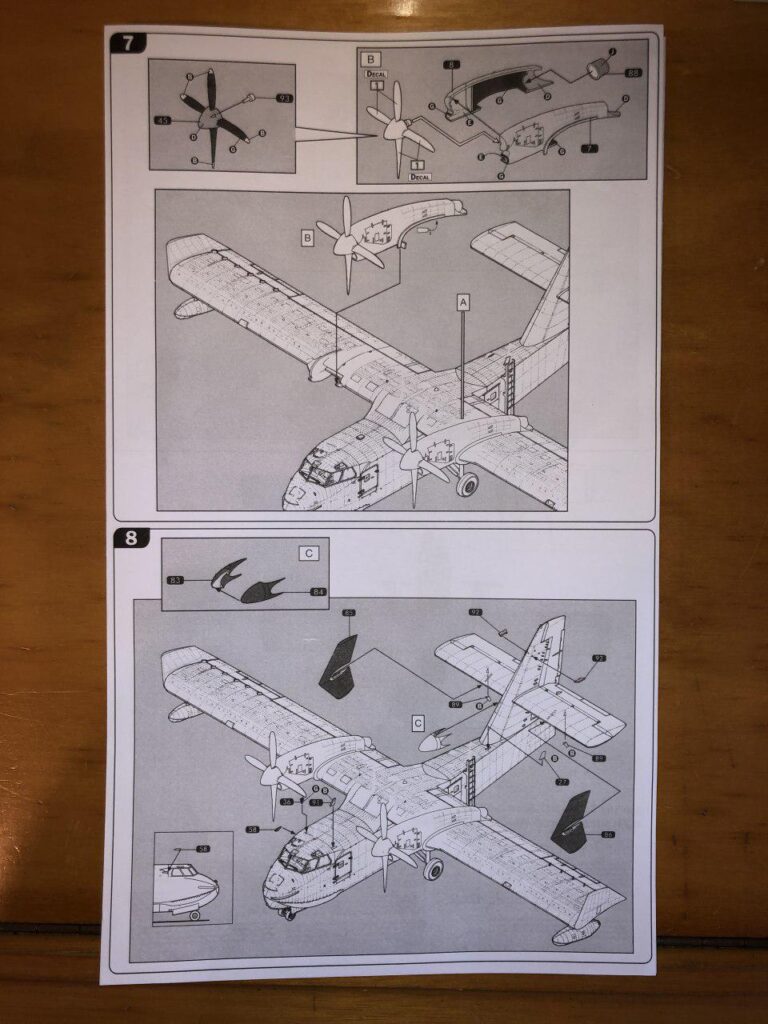FUENTE:https://fr.wikipedia.org/wiki/Fichier:Canadair_CL-415_(3474405770).jp
Maqueta:
Marca: ITALERI
Escala: 1/72
Reseña histórica:
El Bombardier 415, antes Canadair CL-415, es un avión anfibio dedicado principalmente a la lucha contra-incendios. Forma parte del reducido número de aviones diseñados y fabricados específicamente para este objetivo y está basado en el modelo CL-215 de Canadair, absorbida por Bombardier en 1986.
El CL-415 puede recoger hasta 6.137 litros de agua (13.500 libras) en cualquier superficie de agua lo suficientemente grande como para que el avión realice una toma y despegue en ella. El agua puede recogerse durante el aterrizaje mediante dos sondas retráctiles montadas tras el rediente de la quilla, operación que debe hacerse en movimiento, mientras el avión navega sobre la superficie del agua a unos 60-70 nudos. Esto permite el completo llenado de los depósitos en tan sólo 12 segundos, para lo que se necesita una distancia de entre 610 y 1067 metros, dependiendo de factores variables como las condiciones del viento, el peso de la aeronave o la altitud a la que se encuentra la zona de amerizaje. El área para la carga de agua debe tener una profundidad mínima de 110 centímetros, y en el caso del mar no es seguro realizar la maniobra con olas de más de un metro de altura. Tras esta maniobra, el agua almacenada puede mezclarse con agentes químicos que mejoran la capacidad extintora y retardante de la descarga, que se realiza sobre el área del incendio sin necesidad de regresar a la base hasta el ocaso o el bingo de combustible. Dependiendo de la proximidad entre el punto de carga y el fuego, un CL-415 puede llegar a efectuar hasta 100 descargas en un periodo de 4 horas y media.
El CL-415 lleva dos motores turbo propulsados Pratt & Whitney Canadá PW123AF que reemplazan a los motores de pistones del CL-215. El CL-415 también dispone de una instrumentación de cabina mejorada.
Su primer vuelo se realizó en diciembre de 1993, siendo las primeras entregas en noviembre de 1994.
El diseño del CL-415 surge por los requerimientos de un avión anfibio contraincendios capaz de detectar y combatir incendios forestales. El avión se ha construido pensando en su fiabilidad y longevidad, por lo que se han utilizado materiales anticorrosivos. El CL-415 también se ha usado como SAR.
Historical review:
The Bombardier 415, formerly Canadair CL-415, is an amphibious aircraft primarily dedicated to firefighting. It is part of the small number of aircraft designed and manufactured specifically for this purpose and is based on Canadair’s CL-215 model, absorbed by Bombardier in 1986.
The CL-415 can collect up to 6,137 liters of water (13,500 pounds) on any surface of water large enough for the plane to take and take off in it. Water can be collected during landing by two retractable probes mounted behind the keel flow, an operation that must be done while moving, while the plane is sailing on the surface of the water at about 60-70 knots. This allows the complete filling of the deposits in just 12 seconds, for which a distance of between 610 and 1067 meters is needed, depending on variable factors such as wind conditions, the weight of the aircraft or the altitude at which it is Find the landing zone. The area for the water load must have a minimum depth of 110 centimeters, and in the case of the sea it is not safe to perform the maneuver with waves of more than one meter in height. After this maneuver, the stored water can be mixed with chemical agents that improve the extinguishing and retarding capacity of the discharge, which is carried out on the fire area without having to return to the base until sunset or fuel bingo. Depending on the proximity between the charge point and the fire, a CL-415 can make up to 100 discharges in a period of 4 hours.
The CL-415 has two Pratt & Whitney Canada PW123AF propelled turbo engines that replace the CL-215’s piston engines. The CL-415 also has an improved cab instrumentation.
His first flight was made in December 1993, being the first deliveries in November 1994.
The design of the CL-415 arises from the requirements of an amphibious firefighting aircraft capable of detecting and fighting forest fires. The aircraft has been built with its reliability and longevity in mind, so anticorrosive materials have been used. The CL-415 has also been used as SAR.
La maqueta:
La maqueta de ITALERI a 1/72 del CANADAIR CL-415, está realizada en plástico de buena calidad, encontrándose bien detallada tanto exterior como interiormente.
Las piezas se encuentran distribuidas en cinco grapas, más otra de transparentes, en los cuales no se observan ni líneas ni rebabas plásticas.
Da opción de una única versión del avión, pero con calcas de tres países diferentes para cinco opciones.
The model:
The model of ITALERI 1/72 of the CANADAIR CL-415, is made of good quality plastic, being well detailed both externally and internally.
The pieces are distributed in five staples, plus another transparent, in which there are no lines or plastic burrs.
It gives the option of a single version of the plane, but with decals from three different countries for five options.
Las instrucciones:
Las instrucciones vienen ilustradas en blanco y negro, pero son claras, repartidas en diez hojas, siendo las tres últimas las de pintura/decoración (cinco opciones) donde figuran los seriales de las pinturas para cada esquema de color. Vienen grapadas en forma de cuadernillo y no presentan problemas de comprensión.
The instructions:
The instructions are illustrated in black and white, but they are clear, spread over ten sheets, the last three being those of painting / decoration (five options) where the serials of the paintings for each color scheme appear. They are stapled in the form of a booklet and do not present problems of understanding.
Conclusiones y valoración final:
Aparentemente la maqueta se ha realizado en plástico de buena calidad, estando todas las piezas bien ancladas a sus grapas.
No se observan rebabas ni rebajes (taras) y las piezas encajan perfectamente, aunque habrá que utilizar masilla para eliminar la visibilidad de las uniones.
Como se ha dicho anteriormente, el nivel de detalle en los paneles tanto exteriores como interiores es muy bueno.
La relación calidad precio es excelente.
Conclusions and final assessment:
Apparently the model has been made of good quality plastic, with all parts well anchored to their staples.
No burrs or recesses (tares) are observed and the pieces fit perfectly, although putty must be used to eliminate the visibility of the joints.
As stated earlier, the level of detail in both exterior and interior panels is very good.
The value for money is excellent.
VALORACIÓN POR @Criadus

